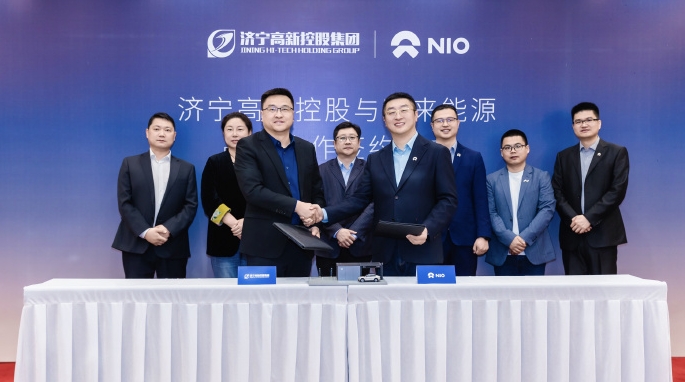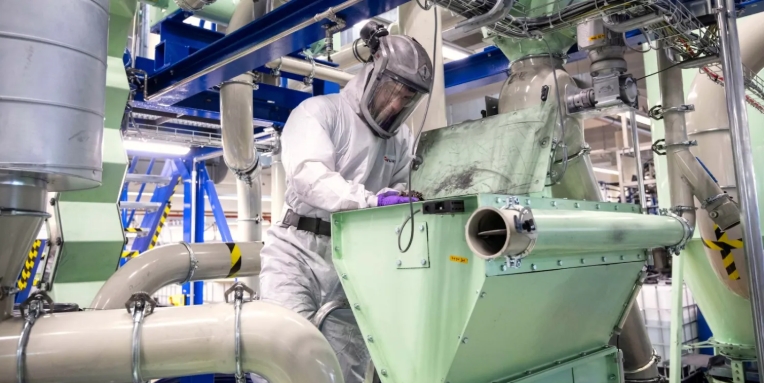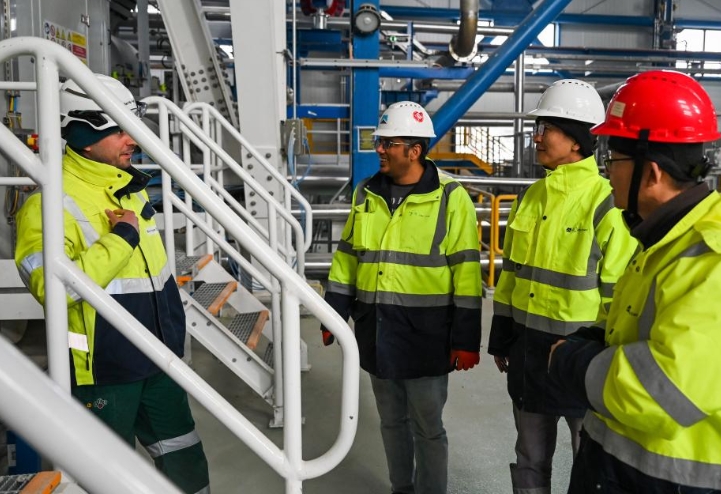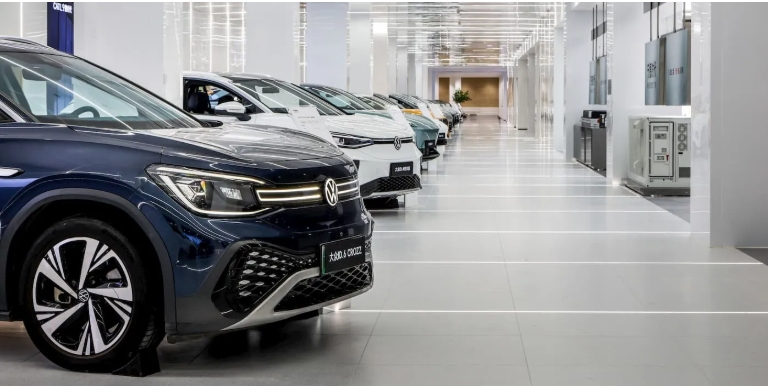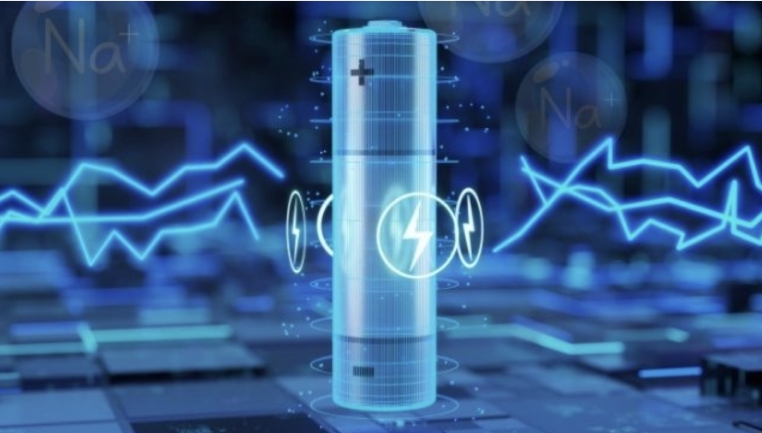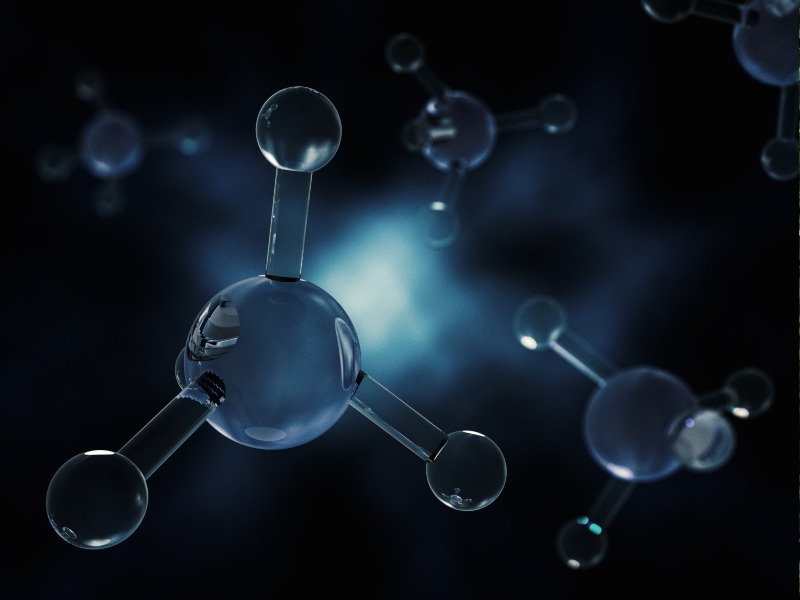 Image credit: 123rf.com
Image credit: 123rf.com
Hydrogen has been handled and used in a safe manner for decades by industries for refining petroleum, treating metals, producing fertilisers, and processing food by using strict control systems and safety guidelines.
However, as hydrogen is now becoming a mainstream avenue for decarbonisation of critical dispatchable power generation assets we must ensure that the relevant knowledge and best practices are transferred and adapted to the new conditions that will require additional engineering controls.
Such critical reviews and assurance around the safety aspect is a necessity as these avenues are increasingly being explored from resource planning to demonstrations in gas turbines. Among others the following properties influencing the safety approach should be considered:
First, Hydrogen is a uniquely “leaky” gas due to its very small molecules. This characteristic manifests for precautions to minimise/eliminate non-welded joints and proper gas detection capabilities.
Second, Hydrogen has a low lower flammability limit (LFL). This means that hydrogen can ignite easier than traditional fuels such as natural gas. In combined cycle applications for HRSGs, un-burned Hydrogen gas (from lean blowout, poor operability, startup, etc.) can accumulate, necessitating new procedures for HRSG ventilation and purge. It also necessitates purging of the fuel lines with inert gas before and after operation to prevent unintended fuel-air mixing in the lines.
Thirdly, some materials become brittle when exposed to hydrogen, so identifying and selecting appropriate materials is essential.
Finally, Hydrogen flames are mostly invisible (UV emissions only for premixed Hydrogen/air) requiring installation of appropriate leak and flame detection.
All these properties and elements need to be considered in the design, to ensure safe hydrogen systems. These considerations can be most obvious for enclosed areas but that is not the only area for attention. The entire pathway for Hydrogen must be reviewed and safety procedures must be in place, including installation, charge/purge, usage, and reserve procedures.
The ETN Global hydrogen Working Group has reviewed current standards and safety aspects of hydrogen rich fuels in gas turbine enclosures.
The group has also started to develop a common approach built on the wide experience within the group and to develop a best practice safety standard on this topic. To do this as efficiently and as quickly as possible we need to ensure that the whole industry is moving forward on this in a coordinated manner.
The working group is therefore extending an invitation for participation in this project. If you have relevant experience and would like to contribute or have started a similar process, please contact ETN Global: info@etn.global

